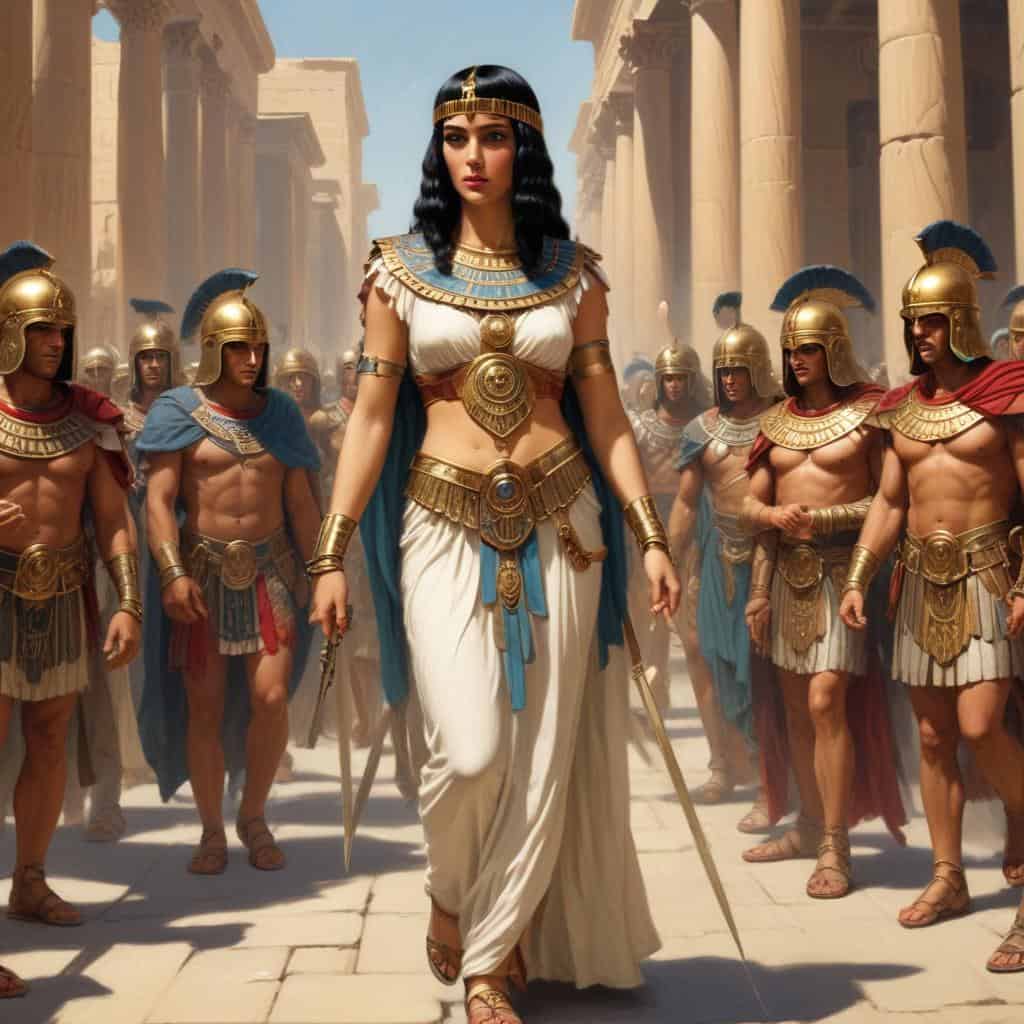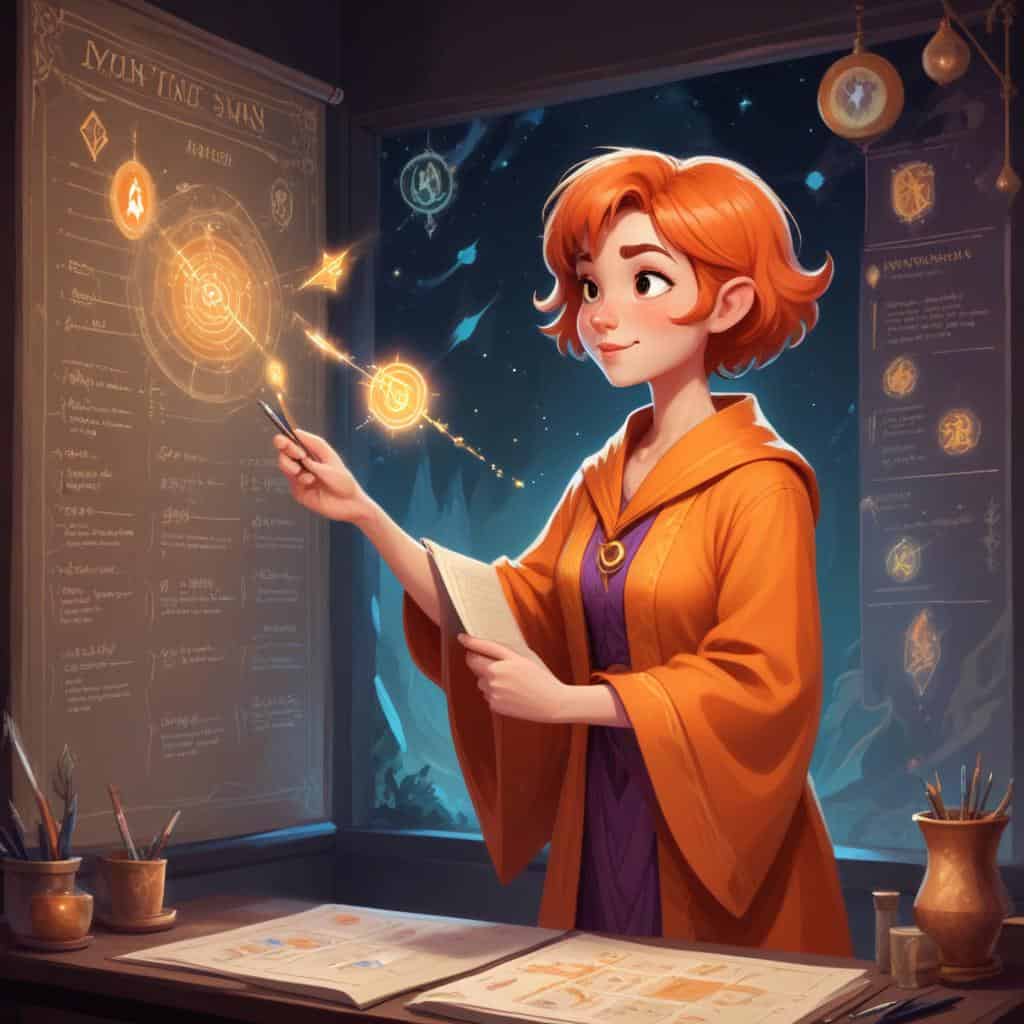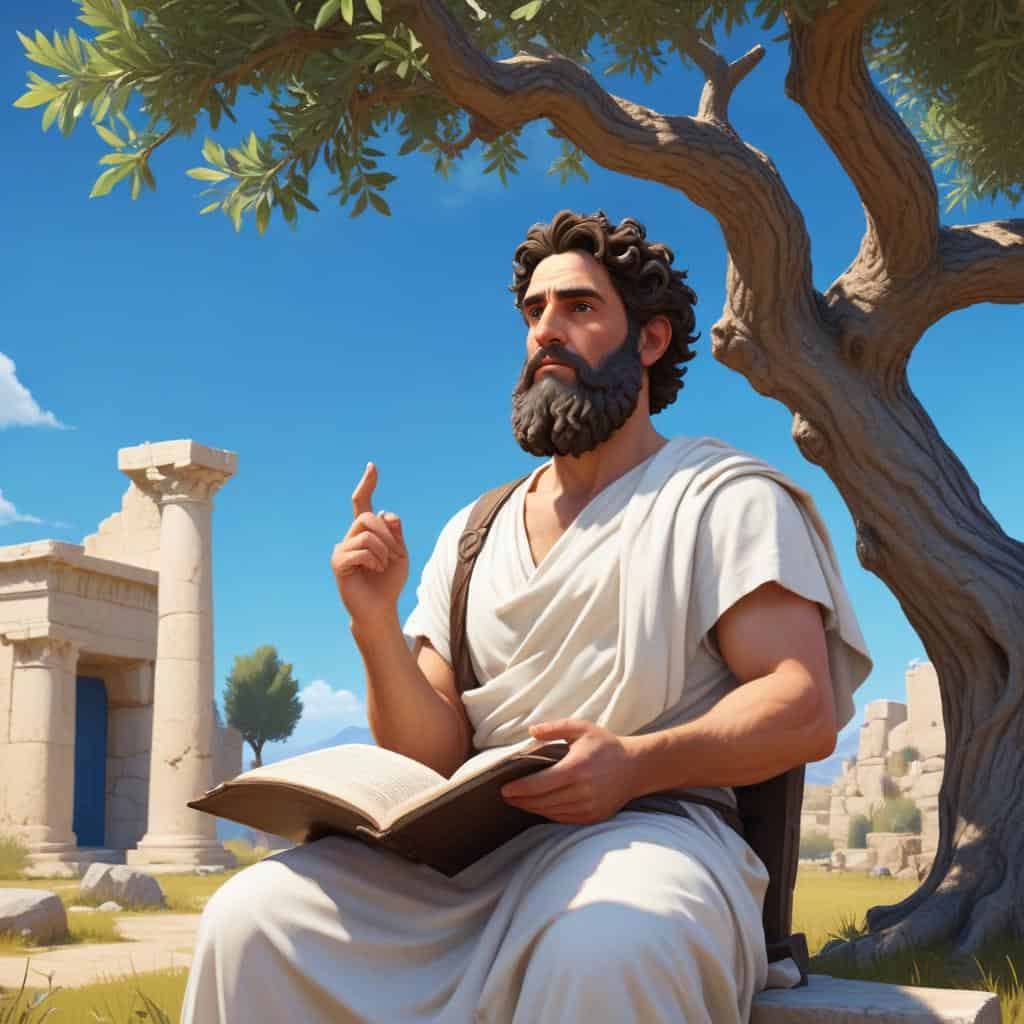Roman Egypt was a period in ancient history when Egypt was ruled by the Roman Empire. It lasted from 30 BC to 641 AD. This era was marked by a blending of Roman and Egyptian cultures, resulting in unique art, architecture, and religious practices. The Roman presence in Egypt had a significant impact on the region's economy and administration. Additionally, Roman Egypt was known for its agricultural productivity, particularly the cultivation of wheat and other crops along the Nile River. The period ended with the Arab conquest of Egypt in the 7th century.
Summary List
- Roman Egypt was a province in the Roman Empire located in North Africa.
- The capital of Roman Egypt was Alexandria, a major city known for its library and lighthouse.
- Roman Egypt was an important center of trade and agriculture, producing grain and other goods for the empire.
- The population of Roman Egypt was diverse, with a mix of Egyptians, Greeks, and Romans living in the region.
- Roman rule in Egypt lasted for over 600 years, from the conquest of Cleopatra in 30 BC to the Arab conquest in 642 AD.
Games And Apps
Learning Modules
Roman Annexation of Egypt (30 BC)
In 30 BC, Rome solidified its control over Egypt through the annexation of the region. This pivotal event marked the end of the Ptolemaic dynasty and the beginning of Roman rule in Egypt, forever altering the political landscape of the ancient world.
I Want To Learn This!Construction of the Library of Alexandria (c. 300 BC)
The Construction of the Library of Alexandria in 300 BC was a monumental feat of ancient engineering, housing thousands of scrolls and serving as a center for learning and scholarship in the ancient world. Its grand architecture and vast collection of knowledge made it a beacon of enlightenment for centuries to come.
I Want To Learn This!Cleopatra’s Visit to Rome (46 BC)
Step back in time to witness one of history's most iconic encounters - Cleopatra's visit to Rome in 46 BC. Immerse yourself in the opulence and political intrigue as the powerful Queen of Egypt navigates the treacherous world of Roman politics. Experience the drama, romance, and betrayal that defined this historic meeting between two ancient civilizations.
I Want To Learn This!Roman Conquest of Alexandria (30 BC)
In 30 BC, Rome's relentless conquest extended to Alexandria, marking a pivotal moment in history. The clash between the powerful Roman forces and the ancient city's defenders would shape the course of the empire and forever alter the landscape of Egypt. Experience the drama and intrigue of this historic event.
I Want To Learn This!Caesarion’s Coronation (34 BC)
Caesarion, son of Cleopatra and Julius Caesar, ascends to the throne of Egypt in a lavish coronation ceremony in 34 BC. Amidst political intrigue and power struggles, the young pharaoh must navigate the treacherous waters of ancient Egypt to secure his rule and legacy.
I Want To Learn This!Roman Occupation of Lower Egypt (30 BC)
In 30 BC, Lower Egypt fell under Roman occupation, marking the end of the Ptolemaic Kingdom. The Romans brought with them advanced infrastructure, laws, and culture, forever changing the landscape of the region. This tumultuous period in history paved the way for the rise of the Roman Empire in Egypt.
I Want To Learn This!Roman Occupation of Upper Egypt (30 BC)
In 30 BC, the Roman Empire extended its reach into Upper Egypt, bringing with it a new era of governance and culture. The occupation sparked both resistance and assimilation among the locals, shaping the region's history and heritage for generations to come.
I Want To Learn This!Roman Tax Reforms in Egypt (30 BC)
In 30 BC, Roman tax reforms in Egypt revolutionized the way revenue was collected and managed in the region. These changes brought about greater efficiency and fairness in the tax system, leading to increased prosperity and stability for the Egyptian people under Roman rule.
I Want To Learn This!Roman-Egyptian Trade Agreement (20 BC)
In 20 BC, Rome and Egypt formed a groundbreaking trade agreement that revolutionized commerce in the ancient world. With the exchange of goods and resources between the two powerful empires, this agreement paved the way for cultural exchange and economic prosperity for centuries to come.
I Want To Learn This!Antonine Plague in Alexandria (165 AD)
In 165 AD, the Antonine Plague swept through Alexandria, leaving devastation in its wake. The deadly disease, believed to be smallpox or measles, spread rapidly, claiming countless lives and plunging the city into chaos. The people of Alexandria struggled to cope with the overwhelming impact of the epidemic.
I Want To Learn This!The Great Famine of Egypt (27-30 AD)
The Great Famine of Egypt in 27-30 AD devastated the region, leading to widespread starvation and suffering. As crops failed and resources dwindled, the people of Egypt faced a desperate struggle for survival. This historical event serves as a stark reminder of the fragility of human existence in the face of natural disasters.
I Want To Learn This!Oxyrhynchus Papyri Discovery (late 19th century)
The discovery of the Oxyrhynchus Papyri in the late 19th century revolutionized our understanding of ancient history. These ancient Greek manuscripts, found in an Egyptian rubbish dump, shed light on everything from literature and philosophy to everyday life in the ancient world. A treasure trove of knowledge waiting to be uncovered.
I Want To Learn This!Romanization of Egyptian Society (30 BC - 4th century AD)
Discover how the Romanization of Egyptian society from 30 BC to the 4th century AD transformed the ancient land of Pharaohs. Explore the impact of Roman culture, language, and governance on Egypt, as well as the lasting legacy of this period on Egyptian history and identity.
I Want To Learn This!Temple of Isis Restoration in Philae (c. 380 AD)
Embark on a journey back in time to the ancient Temple of Isis in Philae, where the restoration efforts in 380 AD brought new life to this sacred site. Explore the intricate carvings, towering columns, and mystical aura of this revered temple dedicated to the goddess Isis.
I Want To Learn This!Theodosius I’s Ban on Paganism (391 AD)
In 391 AD, Roman Emperor Theodosius I issued a decree banning all forms of pagan worship throughout the empire. This edict marked a turning point in Roman history, as Christianity became the official state religion and paganism was officially suppressed. Theodosius' ban on paganism had far-reaching consequences for the ancient world, shaping the religious and cultural landscape for centuries to come.
I Want To Learn This!Serapis Cult Suppression in Alexandria (391 AD)
In 391 AD, tensions run high in Alexandria as Emperor Theodosius I orders the suppression of the Serapis cult, sparking riots and religious upheaval. Amidst the chaos, ancient beliefs clash with growing Christianity, leading to a dramatic showdown that will forever change the city's religious landscape.
I Want To Learn This!The Edict of Milan in Egypt (313 AD)
In 313 AD, the Edict of Milan brought religious freedom to Egypt, ending years of persecution of Christians. Emperor Constantine and co-emperor Licinius issued the edict, allowing Christians to practice their faith openly. This pivotal moment in history marked a turning point for Christianity in the region.
I Want To Learn This!Roman Road Construction in Egypt (30 BC - 4th century AD)
Discover the ingenuity and precision of Roman road construction in Egypt during the period of 30 BC to the 4th century AD. Follow the ancient engineers as they built durable and efficient roads that connected cities and facilitated trade, showcasing the remarkable engineering feats of the Roman Empire in North Africa.
I Want To Learn This!The Ptolemaic Dynasty’s Fall (30 BC)
The Ptolemaic Dynasty, ruling Egypt for nearly three centuries, met its dramatic end in 30 BC with the death of Cleopatra VII and the conquest of Egypt by the Roman Empire. The fall marked the end of an era and the beginning of a new chapter in Egyptian history.
I Want To Learn This!












